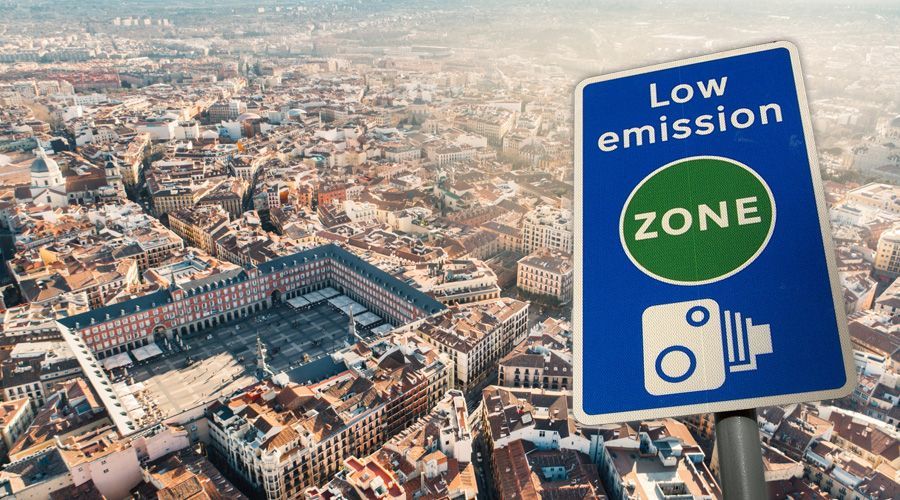Low emission zones (LEZs) are covered by the new traffic laws that went into effect in Spain earlier this year, but do you know what they are, whether you may drive past them, and how to avoid a 200 euro fine?
According to today's sources, Prime Minister Pedro Sánchez has stated that he intends to implement LEZs throughout the nation, with the Ministry of Ecological Transition and Demographic Challenge drafting the final laws. The new restrictions will take effect in 2023. They will apply to all municipalities with more than 50,000 people and those with a population of more than 20,000 people in areas with high pollution levels.
Priority is given to pedestrians and bicycles
According to the legislation, pedestrians and cyclists prioritize the roadways, followed by public transportation, high-occupancy vehicles, and shared mobility vehicles. Private and commercial cars are at the rear of the line.
In terms of automobiles, around 25 million vehicles classified as C, E, R, or O take precedence over all others, including ECO vehicles. Those who do not have any of these classifications and those who have a B or C designation will have limited or no access.
According to the DGT, B and C automobiles relate to the average vehicle on the road. C refers to cars that meet the most recent EU emissions standards (petrol manufactured after January 2006, light diesel manufactured after September 2015).
The most efficient vehicles are battery-electric (BEV), extended-range electric (REEV), plug-in hybrid electric (PHEV) with a range of 40 kilometres, or fuel cell vehicles.
Restriction on vehicles
Those towns and cities will have some discretion over what is enforced; for example, one region may choose to prevent cars classified as B from entering LEZs, while another may choose to do the same for vehicles classified as C.
The guidelines are all about improving air quality and the many criteria that must be met in terms of monitoring and management in order to certify pollution reductions. The regulation will oblige towns and localities to account for the change every four years.
Anyone who enters an LEZ with the improper car currently faces a fine of 200 euros, which is OK for most of us. If you're visiting a city like Madrid, be aware that these zones are already in effect.
If you're unsure what category your automobile belongs in, go to the DGT website and input your registration number.
Forewarned is forearmed, so check it out and ensure you're up to date before Spain's new low-emission zone restrictions. You'll be able to escape a hefty fee of 200 euros this way.
Thank you for taking the time to read this post; please return to expatinfo.es for all of your up-to-date local and worldwide news items, and don't forget to follow us on Facebook and Instagram.





